 Your new post is loading...

|
Scooped by
Marteq
|

|
Scooped by
Marteq
|

|
Scooped by
Marteq
|

|
Scooped by
Marteq
|
Messaging architecture defines what a company seeks to accomplish with its products and services, defines how it will accomplish those goals and what it all means in terms of product or service quality, customer service, technological innovation cycles and corporate behaviors like transparent governance and environmental stewardship.
The emphasis of messaging architecture is on what is shared. The core message and strategies discovered through the development process must be shared on all communications channels and throughout all the business sectors an enterprise may have.
Creating a messaging architecture demands that companies review their communications objectives, define their audiences’ needs …and the relevance of their offerings to those audiences. It also demand that they refer all communications back to those foundations. It is an energetic, complex and collaborative process that results in simple, shared core messages.
marketingIO: One Source for All Marketing Technology Challenges. See our solutions.

|
Scooped by
Marteq
|

|
Scooped by
Marteq
|
Messaging is one of the biggest disconnects between marketing, sales, and product today. The misalignment stems from a lack of shared understanding about the target audience and a traditional focus on the organization's product capabilities. The result is messaging that doesn't resonate with buyers and volume of content that goes unused.
The SiriusDecisions Messaging Nautilus is a a proprietary methodology designed to transform the way b-to-b marketers create effective content and connect with buyers. Download our information guide to learn about the 8 messaging arcs and begin your journey to messaging transformation today!
marketingIO: One Source for All Marketing Technology Challenges. See our solutions.

|
Scooped by
Marteq
|

|
Scooped by
Marteq
|
Digest...
Desire is made up of two key elements: individual incentive and social norms. Individual incentives At a basic level, humans are motivated to take action either to gain pleasure or avoid pain. In the context of your marketing campaigns, desire is created when people can see how your product or service can help them to either gain pleasure or alleviate pain. Social norms All that isn’t to say that humans will simply seek out whatever creates pleasure or alleviates pain with no thought to the consequences. We are inherently social beings and are driven to act in a way we believe will be considered normal. >> When including hero shots of your product or service on your landing page, use professionally-shot photography to increase individual incentive. >> When including pictures or screenshots of your product or service on your landing page, show them in the context of how they will help the user either create pleasure or avoid pain. >> If you have a number of noteworthy customers who use your product or service, feature them prominently on your landing pages. >> Whenever you can, collect testimonials from your customers to feature on your landing pages. To increase their relevance and efficiency, have them support the benefits you’ve listed on your landing page. >> If you have an impressive number of people who have signed up for your product, then feature that number prominently on your landing pages. __________________ ► Receive a FREE daily summary of The Marketing Technology Alert directly to your inbox. To subscribe, please go to http://ineomarketing.com/About_The_MAR_Sub.html (your privacy is protected).

|
Scooped by
Marteq
|
Digest...
1) Attribution Error Humans have an innate tendency to explain the behavior of others in terms of their personality. It’s how we’re wired to think about things. The problem is this: We often ignore context and circumstances, attributing everything to a person or organization’s personality. 2) Confirmation Bias Another quirk of the human brain is our tendency to explore information that agrees with our preconceptions and existing beliefs. In other words, we want to justify what we already believe, and we are more likely to dismiss information that challenges those beliefs. 3) Self-Serving Bias This is a tendency to ignore information that challenges our ego. A good example is just how difficult it is to take criticism, even constructive criticism, and use it to your benefit. The self-serving bias has been tested in a wide variety of settings. Laboratory experiments typically involve feeding participants randomized, bogus feedback on a task and then evaluating their response to the feedback. The results almost always indicate that people will attribute positive feedback to their own performance, and negative feedback to faults in the evaluation process. 4) Belief Bias This might sound like just another name for confirmation bias, but it’s actually a very different phenomenon. Belief bias is our tendency to reject conclusions just because they sound extreme or outrageous, even if the logic and evidence behind the argument are completely sound. 5) The Framing Effect (aka Loss Aversion) The framing effect is our tendency to take risks when an outcome is presented as a loss, but avoid those same risks when an outcome is presented as a gain -- even when the objective outcome is actually the same. __________________ ► Receive a FREE daily summary of The Marketing Technology Alert directly to your inbox. To subscribe, please go to http://ineomarketing.com/About_The_MAR_Sub.html (your privacy is protected).

|
Scooped by
Marteq
|

|
Scooped by
Marteq
|
No one can deny that data is enlightening. Its signals tell us who our audiences are, where to find them, and how they’re influenced. But does it trump storytelling? Today's CMO requires a healthy mix of analytics experience and creativity to be successful.
Digest...
Let’s be honest: The storyteller has taken a beating over the past five or so years thanks to the rise of programmatic marketing in particular, but also in no small part to the cornucopia of marketing automation technologies that let marketers measure everything. Tesla is an example of how the pendulum is swinging back. The company’s mission is to reduce the consumer’s carbon footprint and eliminate dependency on fossil fuels. Though highly driven by its mission, one rarely hears the company talk about it. Instead, focus is on creating the best driving experience that also happens to be good for the environment. Today’s successful CMOs are data-geeky storytellers. __________________ ► Receive a FREE daily summary of The Marketing Technology Alert directly to your inbox. To subscribe, please go to http://ineomarketing.com/About_The_MAR_Sub.html (your privacy is protected).

|
Scooped by
Marteq
|
Digest...
Here are six patterns to consider: Situational—keeping an ear to the ground for the breaking moments that are worthy of reception and interception. Human—revealing the man behind the curtain can help humanize a brand, particularly one that’s lost its humanity through years of growth. Transparent—Looking for moments to break character, to—as Ted Rubin likes to say “make digital eye contact”—is a reminder that you recognize that, despite the silly corporate façade, this is still an exchange between human beings. Inspirational—stand for something, have a point of view. Aspirational—speak to a desired future state. Funny—in this pressure-cooker age of overscheduled and always on, everyone needs small moments of relief, interstitial holidays from these more pressing realities. __________________ ► Receive a FREE daily summary of The Marketing Technology Alert directly to your inbox. To subscribe, please go to http://ineomarketing.com/About_The_MAR_Sub.html (your privacy is protected).

|
Scooped by
Marteq
|
Digest...
Objective #1. Arrest attention You can arrest their attention with a striking visual (although, with image blocking technology in many email readers, this can be reduced to a big blank space with a little red X) or a compelling headline. Objective #2. Build a connection Now you must build a connection with that prospect. You can start by bridging the gap between the headline or visual that caught their attention, and something that is meaningful to their lives. Objective #3. Build the problem The analog for email copywriting is building the problem. What pain points does the customer have? What is that situation of the world before your product, service or nonprofit comes into their lives? Objective #4. Build interest You must build interest in solving that problem, and show how it can be solved by your company. Objective #5. Build suspense You need to keep them on the hook to get them to the landing page since, after all, the conversion is not going to happen in the email. You just need to get the click to ultimately convert them on the landing page. That’s where the actual sale should happen. Objective #6. Transfer momentum Make sure wherever you send them to resolve the conflict created in your email copy – likely a landing page – continues the dialogue initiated by your email. You want a natural flow from one channel to the next, not a disjunctive change in the conversation. __________________ ► Receive a FREE daily summary of The Marketing Technology Alert directly to your inbox. To subscribe, please go to http://ineomarketing.com/About_The_MAR_Sub.html (your privacy is protected).

|
Scooped by
Marteq
|
Digest...
Below are six proven techniques that you can easily apply to your website to make it more persuasive. 1. Leverage Scarcity to Persuade A Visitor To Buy Now People want what they can’t have. Likewise, when something is in short supply, prospective buyers inherently feel a sense of urgency to act before availability runs out. This is the scarcity principle, and it works whether it is supply driven (e.g., there is a limited quantity available to sell) or deadline driven (as when there is a time limit set on the availability or the price of an item). People have a natural aversion to loss–they’d rather act too hastily, knowing full well that they haven’t given the matter proper consideration, than risk missing out. 2. Use A Decoy To Steer Visitors Toward A Certain Product Also known as the asymmetric dominance effect, the decoy effect uses an alternate (less desirable) choice as a benchmark against which to compare the real product or service you wish to sell. 3. Use Anchoring To Help Visitors Justify Their Selection People have a tendency to rely too heavily on the first piece of information presented when making decisions. This becomes the “anchor” against which subsequent products will be compared. Sound illogical? It may be, but you can use this anchoring bias to help visitors justify their purchase selection. 4. Make Visitors Feel Indebted To You Marketers can use this impulse to spur site visitors to action. By giving your site visitors something of value, with no expectation of anything in return, you can begin to harness the power of reciprocity. Offer exclusive information, free samples, or even a free in-home trial — anything that has real value and is obviously and exclusively for the benefit of the recipient. That last point is especially important — nobody wants to feel that they are being manipulated or receiving a gift with “strings attached.” 5. Offer Things You Don’t Expect To Sell On the surface, it may seem odd to try to sell a product or service on your website that you don’t really expect anyone to buy. Yet, according to a compliance technique called door-in-the face, this strategy will actually help you sell lower priced options. 6. Throw Out A Lifeline With The Hurt & Rescue Principle In this method, the marketer allows the prospect to see that they have a problem, and then offers a way to fix it. One excellent way to do this is through online quizzes. This technique can be especially effective in the B2B environment. Use your web copy to point out to visitors how much money they are losing, time they are wasting, or stress they are experiencing, and then offer them a solution. Hurt and rescue sounds negative, but it’s really nothing more than emotion-based selling. __________________ ► Receive a FREE daily summary of The Marketing Technology Alert directly to your inbox. To subscribe, please go to http://ineomarketing.com/About_The_MAR_Sub.html (your privacy is protected).

|
Scooped by
Marteq
|

|
Scooped by
Marteq
|
Digest...
PAS stands for “Problem-Agitate-Solve” and is not only incredibly simple, but also extremely effective. The formula breaks down as follows: • Problem: Identify a problem • Agitate: Agitate that problem • Solve: Find and present the solution PAS is applicable to any business/service/product that helps solve a problem. Since businesses exist to offer solutions to problems, chances are PAS will work for what you’re selling. Agitate: Now that you have uncovered their problem, it’s time to agitate this problem and make it seem even scarier than the reader originally thought. Do this by making the problem more emotional. However, don’t strike with your words too hard. __________________ ► Receive a FREE daily summary of The Marketing Technology Alert directly to your inbox. To subscribe, please go to http://ineomarketing.com/About_The_MAR_Sub.html (your privacy is protected).

|
Scooped by
Marteq
|
Digest...
Here are three simple tests to select a name that works. 1. Is your name easy to say? Forget Greek, forget Latin, forget inventing new words. The very first (and most important!) test comes down to fluency: Is your name easy to say? 2. Does your name clearly describe who you are or what you do? If you have to explain, translate, unpack, justify, or do anything else other than just say your name, something's gone wrong. Your name should be screamingly obvious. Again, clarity trumps creativity... and absolutely murders clever. 3. Is your name about them or you? You know who "them" are, right? "Them" are your prospects, your customers, your audience. Like everything in marketing, your name should be about "them," not about "you." To be effective, your name should be about the people you're trying to reach. Your name should address their problems, their fears, their solutions, and their hopes. It should hint at the hell from which you'll deliver them and the heaven to which you'll save them. __________________ ► Receive a FREE daily summary of The Marketing Technology Alert directly to your inbox. To subscribe, please go to http://ineomarketing.com/About_The_MAR_Sub.html (your privacy is protected).

|
Scooped by
Marteq
|
Digest...
As you’re leading the sales conversation, you can talk specifically about people obstacles. People problems come in all shapes and sizes: -- > Recruiting top talent -- > Employee engagement -- > Recognition and reward -- > Communication and collaboration -- > Silos and turf wars Entire industries have been built around business process improvements. Process problems show up as inefficiencies, gaps, missed opportunities, too many steps, too much paperwork, or too many layers between customer and company: -- > Customer service -- > Delivery -- > Marketing -- > Regulatory compliance -- > Strategic planning Profit problems are varied as well: -- > So that you sell more -- > So that you cut costs -- > So that you avoid discounting -- > So that you open new markets -- > So that you expand your product line __________________ ► Receive a FREE daily summary of The Marketing Technology Alert directly to your inbox. To subscribe, please go to http://ineomarketing.com/About_The_MAR_Sub.html (your privacy is protected).

|
Scooped by
Marteq
|
Excerpt...
B2B marketers and salespeople around the world identified conversations in which they create opportunities from the status quo as their most valuable in helping them reach quota. Some 38% chose this as the conversation with the most impact, followed by effective executive conversations (16%), and conversations in which they achieve successful competitive differentiation (14%). Notably, the conversations in which they must demonstrate financial justification and master purchase negotiations are rated the least valued, possibly tied to the finding that they’re also the most pressure-filled. __________________ ► Receive a FREE daily summary of The Marketing Technology Alert directly to your inbox. To subscribe, please go to http://ineomarketing.com/About_The_MAR_Sub.html (your privacy is protected).

|
Scooped by
Marteq
|
Digest...
A joint study by Facebook, Adaptly, and Refinery29 shows that sequencing ads result in more conversions than call-to-action (CTA) messages. The study reveals that sequencing ads engage consumers more effectively than sustained call-to-action (CTA) messages. When personalized, sequencing ads, which were delivered during the research period of May 2014, increased overall view-throughs by 87 percent, and conversions by 56 percent. __________________ ► Receive a FREE daily summary of The Marketing Technology Alert directly to your inbox. To subscribe, please go to http://ineomarketing.com/About_The_MAR_Sub.html (your privacy is protected).

|
Scooped by
Marteq
|
65% of executives responding to a new survey from gyro and The Fortune Group say that subjective factors that can’t be quantified make a difference when evaluating competing proposals.
__________________ ► Receive a FREE daily summary of The Marketing Technology Alert directly to your inbox. To subscribe, please go to http://ineomarketing.com/About_The_MAR_Sub.html (your privacy is protected).

|
Scooped by
Marteq
|
Digest...
In a recent TIME article, What You Think You Know About the Web Is Wrong, Chartbeat CEO Tony Haile (@arctictony) upends the “above the fold” gospel by noting, 66% of attention on a normal media page is spent below the fold. That leaderboard at the top of the page? People scroll right past that and spend their time where the content not the cruft is. The conclusion one can draw is that the coveted top-of-page leaderboard isn’t so desirable after all. First, users may tune it out due to experience-based banner blindness. They have learned that the long rectangle at the top of the page is usually irrelevant to what they visited the page for. Second, the top placement will get exposed to everyone who visits the page, but those impressions will include plenty of disengaged visitors who are about to hit the back button, click away, or close the window. Even those visitors who will ultimately engage with the content may not be “hooked” yet. __________________ ► Receive a FREE daily summary of The Marketing Technology Alert directly to your inbox. To subscribe, please go to http://ineomarketing.com/About_The_MAR_Sub.html (your privacy is protected).

|
Scooped by
Marteq
|
Excerpt...
Traditionally, B2B has been less transparent than B2C. Whether it be pricing or promises. That’s perhaps to be expected when talking about service propositions. But increasingly corporate and consumer are merging thanks to increases in subscription based services on the consumer side and the decline of on-premise on the business side. What this means in B2B is that talking to customers in a frank manner is advantageous. __________________ ► Receive a FREE daily summary of The Marketing Technology Alert directly to your inbox. To subscribe, please go to http://ineomarketing.com/About_The_MAR_Sub.html (your privacy is protected).

|
Scooped by
Marteq
|
Basic/ Digest...
In a recent study performed by the CEB, which examined the impact of personal emotions on B2B purchases, it was found that 71% of buyers who see a personal value in a B2B purchase will end up buying the product or service. In fact, personal value had two times the impact on the buyer than business impact did. In short, the survey found that without question personal value, perhaps better read emotional value overwhelmingly outweighed logic and reason in driving purchase decisions. The data in this study shouldn’t come as a surprise to anybody, but what it should do is come as an important reminder to people that the reasons that people buy are usually attached much closer to their emotional center than their rational thinking. And while buyers will often push hard for specifications, data sheets and statistics in order to help them justify a buying decision, more often than not these requests are really their way of telling you that they are not yet seeing the personal value in the product being sold to them. __________________ ► Receive a FREE daily summary of The Marketing Technology Alert directly to your inbox. To subscribe, please go to http://ineomarketing.com/About_The_MAR_Sub.html (your privacy is protected).

|
Scooped by
Marteq
|
Emotion can work in B2B, if it's focused on the purchaser's feelings not about himself, but about the benefits accruing to the company.
Intermediate/ Digest...
More recently, according to a CEB/Motista Survey presented at Google's ThinkB2B event last year, emotional connections run deeper for b-to-b clients than business-to-consumer customers. They argued that b-to-b marketing must win over both the horse and its rider, whereas consumer marketing just needs the guy on the horse. "Between 40% and 70% of customers feel emotionally connected to brands like Oracle, Accenture, FedEx, SAP, and Salesforce," their report continued, "compared with between 10% and 40% for CVS, L'Oreal, and Wal-Mart." For those of us in a market or brand research role, let's work harder to help both the agency and marketer side find magnetic truths in what we should remember is still p-to-p marketing -- person to person. ____________________________________________________ ► Receive a FREE daily summary of The Marketing Technology Alert directly to your inbox. To subscribe, please go to http://ineomarketing.com/About_The_MAR_Sub.html (your privacy is protected).
|
|

 Your new post is loading...
Your new post is loading...






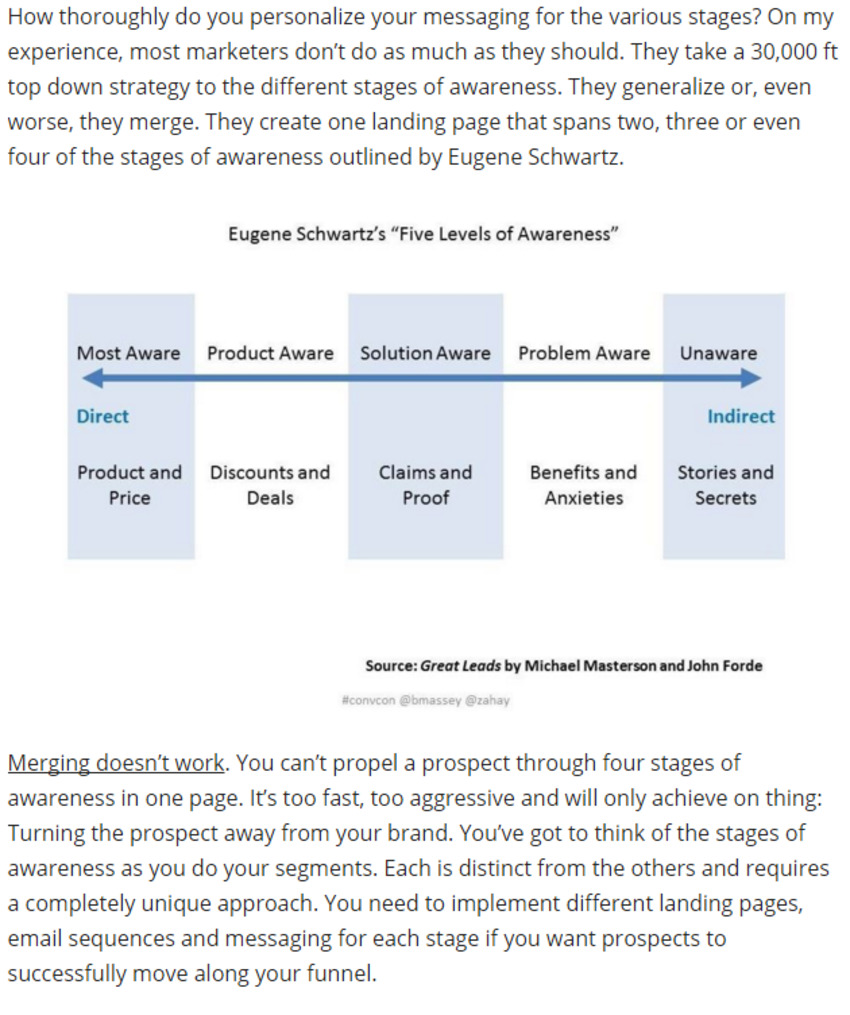


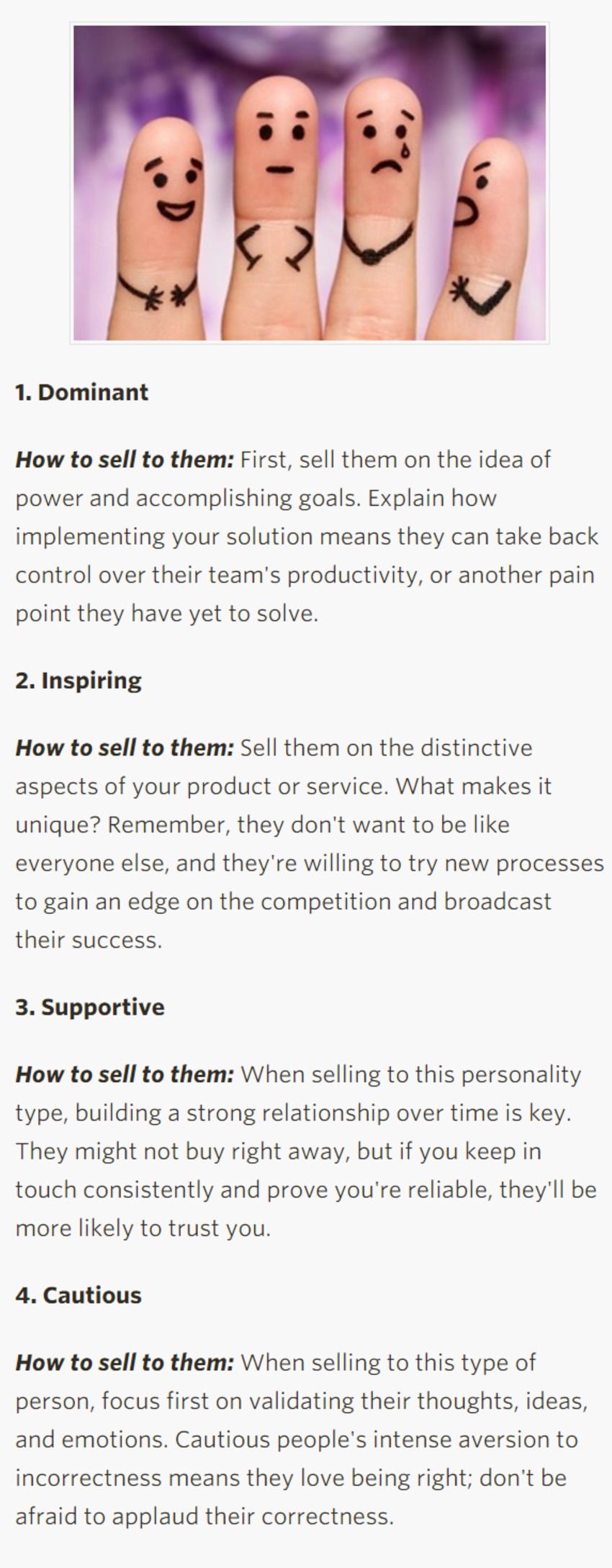
![[FREE] The SiriusDecisions Messaging Nautilus | The MarTech Digest | Scoop.it](https://img.scoop.it/G_2YE8gAgUKQ2q6O854AUPL6dadsvGA8m9WNoVsbzkY=)
![The State of B2B Sales Messaging [Infographic] - Profs | The MarTech Digest | Scoop.it](https://img.scoop.it/fG6fQ9mFlXIUM1oUkBldqPL6dadsvGA8m9WNoVsbzkY=)


![How to Influence and Persuade - The Science Bit [Infographic] - B2B Infographic | The MarTech Digest | Scoop.it](https://img.scoop.it/ue42XTQcvDhihRH9kVv9ufL6dadsvGA8m9WNoVsbzkY=)


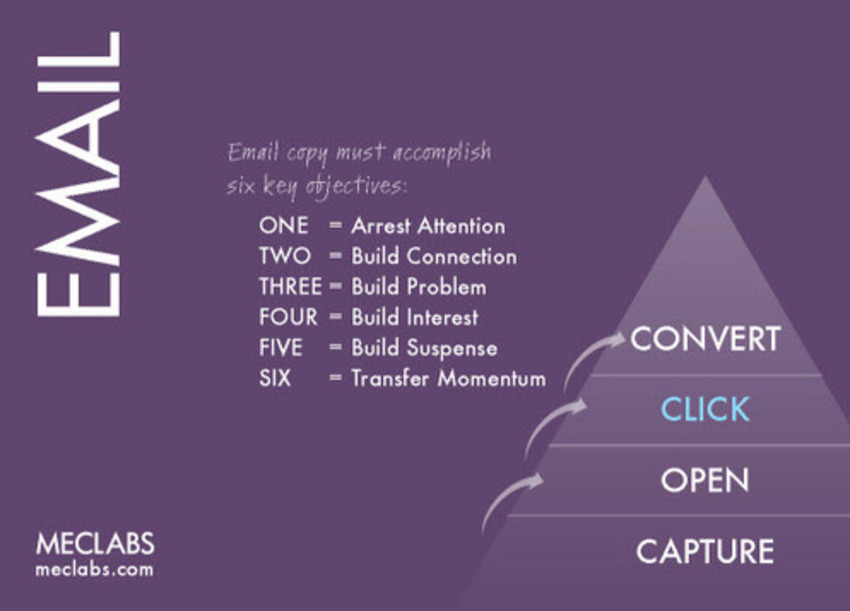

![The Five Essential Elements of a Great Company Story [Infographic] - Profs | The MarTech Digest | Scoop.it](https://img.scoop.it/mZz17xjbRSkT1VdFp1NerPL6dadsvGA8m9WNoVsbzkY=)



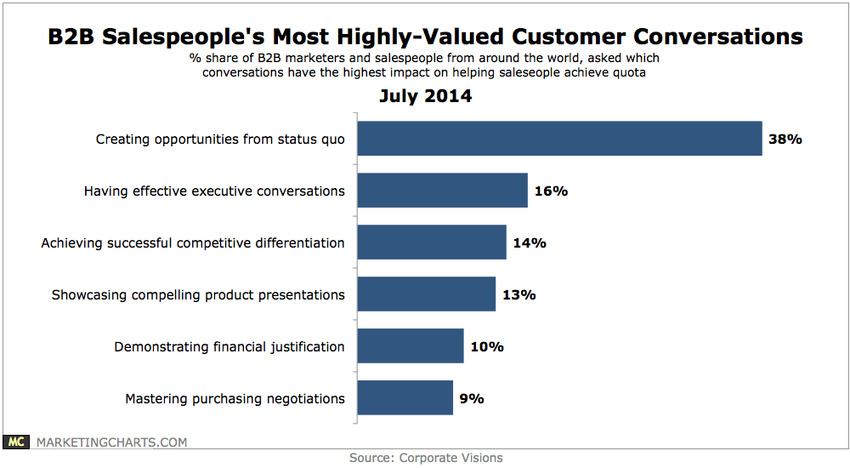
![Sequencing Ads More Effective Than Call-to-Action Messages [Study] - ClickZ | The MarTech Digest | Scoop.it](https://img.scoop.it/RZH5MSz-HoI8tpIg1hx_wvL6dadsvGA8m9WNoVsbzkY=)
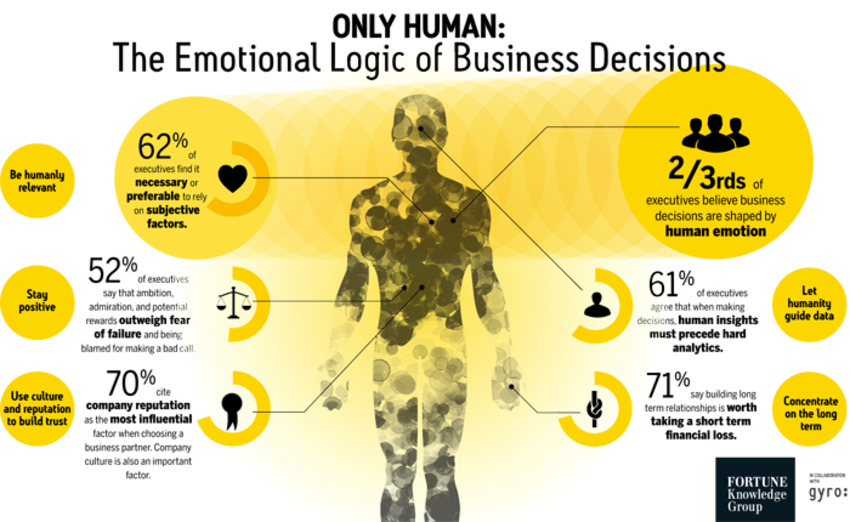
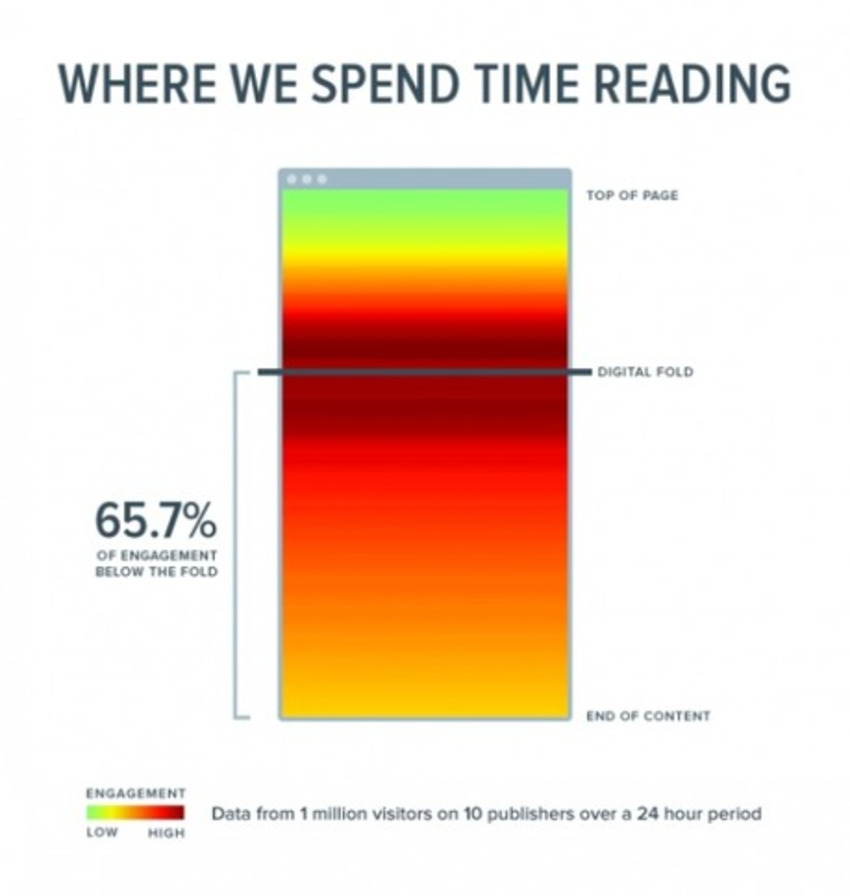
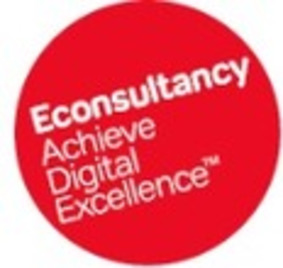
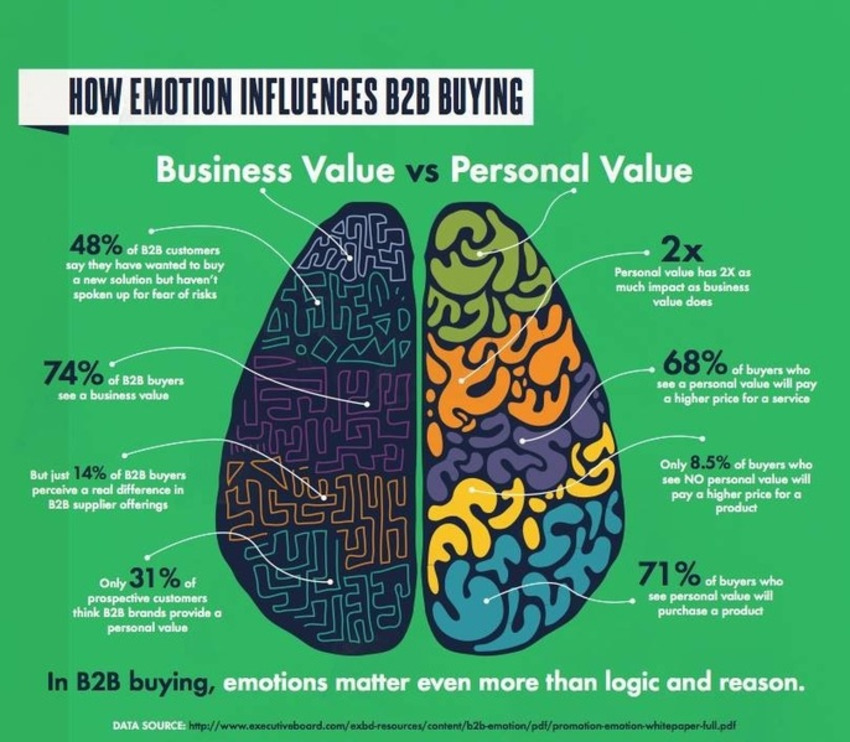







Just tremendous. A great outline to follow for value messaging. CT for details.